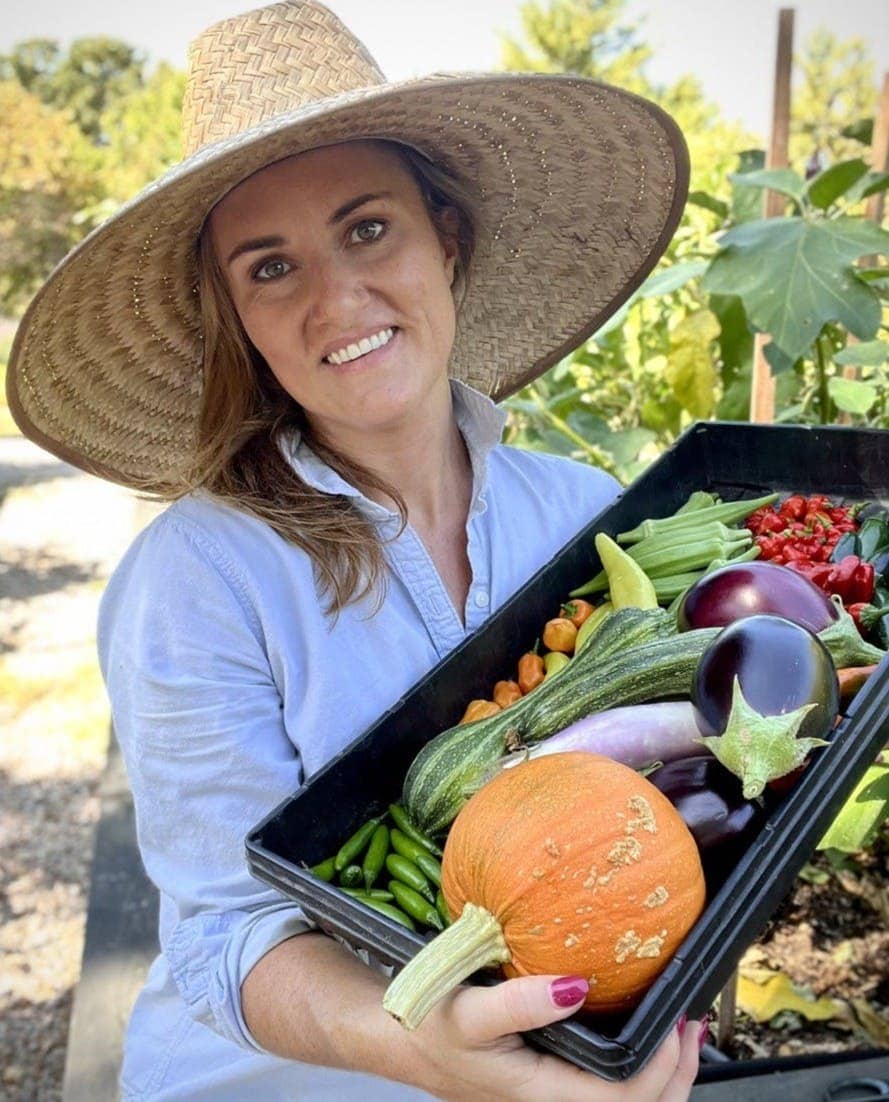
|
|
The best kept secret among North Texas vegetable gardeners is the fall growing season.
Warm days, cool nights, and returning rains are ideal for vegetable production.
|
In addition to taking Saturday's fall vegetable garden class, here are three ways to prepare:
- Pull out all spent spring vegetables (tomatoes, cucumbers, squash, beans) and amend the area with high-quality compost.
These vegetables are done producing for the season because high summer heat inhibits pollination. To prevent future problems with pests and disease, don't leave any parts of the plants behind in the garden. I’ll cover fall bed prep in detail (including my favorite products and where to buy) and which veggies you can leave in the garden over summer during Saturday’s class.
- Place your orders for fall vegetable seeds now.
It's a good idea to order fall seeds now so that you are ready to go when it’s time to sow. Materials for this Saturday’s “Best Ever Fall Vegetable Garden” class include a complete list of the best fall vegetables and varieties for NTX as well as where to buy.
- Stock up on indoor seed-starting supplies.
Many fall veggies can be direct-sown, but vegetables like cauliflower, broccoli, Brussels sprouts, and cabbage are best started indoors. If you missed my Indoor Seed-Starting Master Class back in spring, I’ll be reviewing the process and must-have supplies during Saturday’s fall vegetable class.
P.S. Don’t forget to place your order for garlic! It’s available from Filaree Farm, Burpee and Johnny’s among other retailers. Make sure to add an order note that they MUST ship it to you in early October. (I will teach you all about growing garlic in “Root Vegetable Revolution” on September 14. )
|